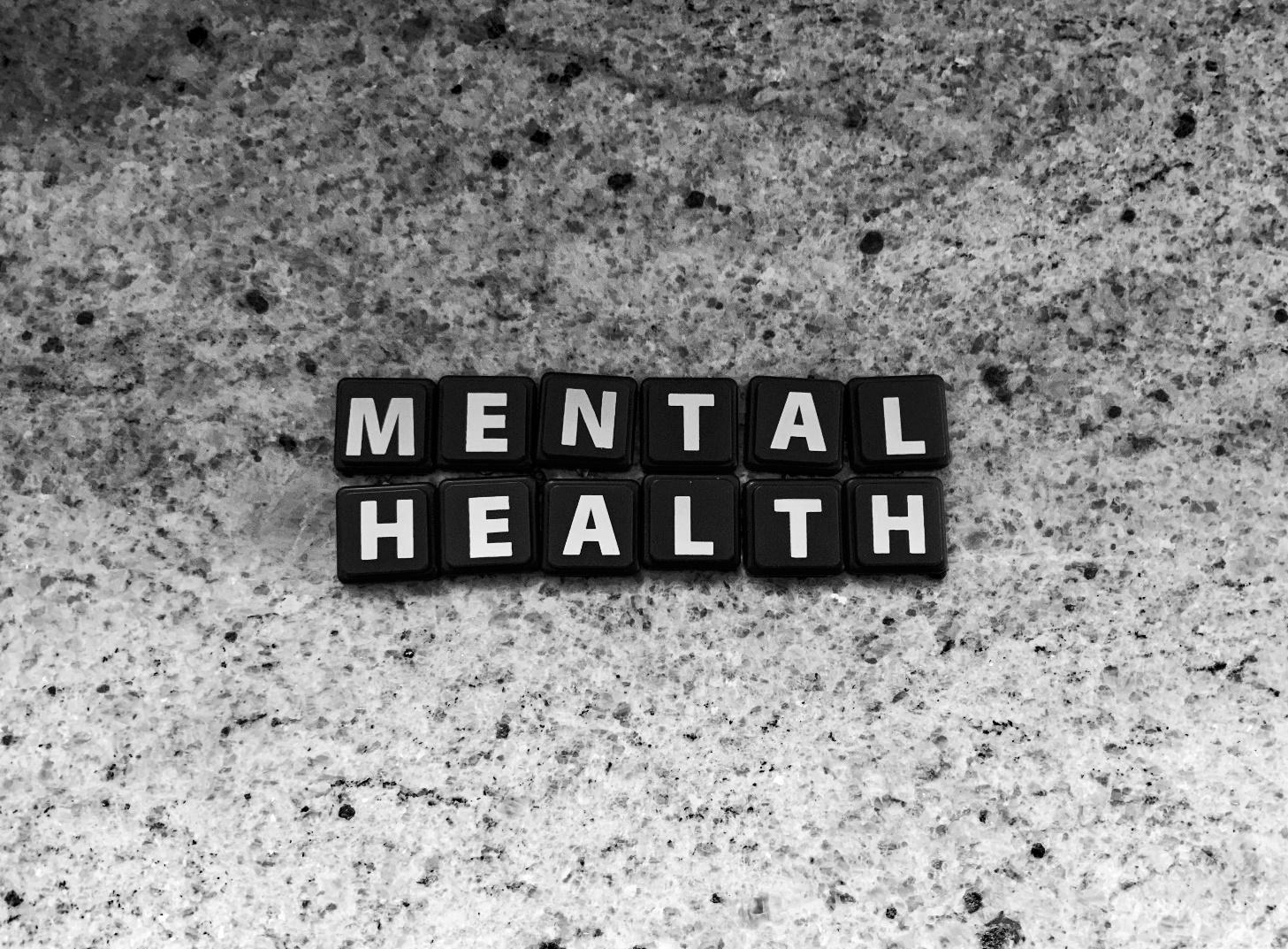Types of Mental Health Issues Among Students: Teachers Should Be Aware Of

An understanding of Mental Health & Its Causes Among Students
There has been a taboo surrounding mental health throughout history. Getting a consultation from a psychologist or psychiatrist may not feel comfortable for some people. Bullying mental health patients is unfortunately common. Rather than serious debates, jokes are often made about it. As a result, they have difficulties adjusting to society. We are fortunate to see a change in the mentality of our society. Currently, mental health is in the process of fading its stigma as more and more people become aware of the issues and begin to take them seriously. There are various aspects to mental health, ranging from anxiety, moderate depression, eating disorders, and substance abuse to more severe conditions like schizophrenia and bipolar disorder. Many people believe mental illnesses are something that happens to other people, saying, “I’m not insane, so I don’t have to deal with it.”. Many people with a bad mental health are afraid to seek help or admit that they have mental illnesses due to a lack of information.
It is a well-known fact that eating disorders, anxiety, and sadness are prevalent among students. Approximately one in four students suffer from a diagnosable mental disease, according to NAMI mental health data. Exam anxiety, job pressure, family pressure, the need to succeed academically and socially at university all effects to mental health. Currently, social media plays a huge role to effect on mental health. Excessive use of social media can fuel depression, anxiety and feeling of loneliness by witnessing other life full of joys. Social media currently plays an important role in affecting mental health. Excessive exposure to social media can cause depression, anxiety, and feelings of loneliness by witnessing others living in a great relationship, touring the world with friends, and living a successful life which other wants but fails to achieve.
Identify the Types of Mental Health Difficulties Faced by Students
Personality Disorders
When you have a strict and unhealthy way of thinking, acting, and behaving, you are said to have a personality disorder. People and events are difficult for someone with a personality disorder to perceive and relate to. This has serious effects on relationships, social interactions, employment opportunities, and educational opportunities.
Symptoms:
- Bizarre or unpredictable behavior.
- Distrust and suspicion.
- Taking chances.
- Abrupt mood changes (angry outbursts)
- Relationship difficulties
- Issues at job or school.
- Quick gratification requirement
Anxiety
Most students occasionally experience anxiety. It is possible, however, for continuous or escalating feelings of anxiety, tension, and panic to interfere with day-to-day activities. When anxiety interferes with your everyday life, it becomes a medical issue that needs to be treated.
According to a 2016 study by Pennsylvania State University, 61% of participants reported anxiety as their most common mental health issue. Furthermore, in the Healthy Minds Study, 1 in 3 students tested positive for anxiety disorders.
Symptoms:
- Feelings of tension, agitation, trepidation, or fear
- Irritability
- Difficulty focusing
- Excessive perspiration and fainting
- Breathlessness Tension and pain in the muscles
- Headaches
- Frequent diarrhea or upset stomach
It’s unclear what exactly causes anxiety, although it may be a result of a combination of genetics, naturally occurring brain chemicals, experiences in life, and stress.
Depression
An individual with depression suffers from enduring melancholy, hopelessness, and a lack of interest in the pursuits that they once enjoyed. A depression may cause mood fluctuations, sleep problems, changes in appetite, headaches, and/or body aches.
It was found that 22% of college students suffered from serious depression in 2021, while 41% suffered from depression overall. This has led to depression being one of the most common mental health problems in college students.
Symptoms
- Alterations in appetite or sleeping patterns
- Sadness, hopelessness, or a sense of helplessness
- Alterations in social conduct, such as isolating oneself and withdrawing from others
- Rising pessimism (e.g., seeing the glass as half empty)
- Having trouble focusing or paying attention Having trouble understanding and finishing assignments at work or in school.
Eating Disorder
The term “eating disorders” refers to an array of problems characterized by severe irregularities in eating patterns and intense obsessions with appearance or body type. There are two possible symptoms of these disorders: dietary restriction and binge eating.
In the United States, 4 percent of male and 11–17 percent of female college students screen positively for clinical eating disorders.
Symptoms
- Poor or distorted body image
- Exercise in excess
- Abnormal heartbeat
- Dehydration
- Feeling out of control with your eating
- Eating in public anxiety
- Making justifications for one’s eating behavior all the time
- If untreated, eating disorders can be fatal and contribute to major health problems such as renal failure, cardiac troubles, growth retardation, menstrual irregularities, and reproductive system failure.
Addiction Disorder
There is an increase in college students using alcohol and drugs, which can be problematic. An individual who has become dependent on one or more substances through physical and/or psychological means is called a substance abuser. Despite being aware of the hazards and negative effects of this activity, this condition frequently involves intense desires and indulgence in alcohol and drug use.
About one-third of American college students indicate signs of alcohol abuse, according to Addiction Center. Additionally, according to a 2018 National Institute on Drug Abuse report, Adderall, a medication frequently used to treat ADHD, was misused by 15% of male college students and 9% of female college students.
Symptoms
- Bloodshot eyes, slurred speech, or lack of coordination.
- No obvious cause for your fear, anxiety, or paranoia.
- Susceptible to questionable actions (e.g., frequently getting into fights or getting into trouble with the law).
- Unexpected financial need or financial emergency.
- High tolerance to drugs and/or alcohol (in other words, the person may need to use more and more of a substance to obtain the same effects).
- Changing personal grooming habits and deterioration appearances, such as weight increase or loss.
- An abrupt change in relationships, pursuits, or interests.
Suicidal Ideation
Suicidal ideation is characterized as a tendency of contemplating or planning one’s own death. Experts in mental health typically classify intense or overpowering suicide thoughts as a mental health emergency.
One in five college students in the United States had suicidal thoughts, according to a 2018 study by Harvard Medical School researchers. The 2021 Healthy Minds Study, which was conducted more recently, found that 5% of student respondents had planned to commit suicide in the previous year (without trying).
Symptoms
Suicidal ideation symptoms vary from person to person. The ADAA claims that a person’s speech, mood, and/or conduct are examples of common warning signals. These consist of:
- Speech: People who are thinking about taking their own life may mention feeling trapped, like a burden to others, having no reason to live, and/or wishing to end their lives.
- Mood: Suicidal ideation and intent symptoms can appear in a range of moods, including agitation, irritation, a loss of interest in previously loved activities, anger, melancholy, and embarrassment.
The Consequences of Mental illness
It is impossible to ignore symptoms such as irritability, feeling perpetually exhausted or on edge, headaches, mood fluctuations, or insomnia. It is excellent to be aware that many of us may experience similar problems. You might feel a great deal of comfort from talking to a friend, a member of your family, or even an internet community. Many people forget to understand the importance of mental health. We are often taught to take care of our bodies by exercising, eating healthy, and choosing clothes that make us look good. However, we often neglect to care for our souls. The importance of taking occasional vacations cannot be overstated. Turn off all social media and take it easy to relax. Some of the finest ways to give the mind a break from the daily grind includes reading a book, taking a bath, and doing yoga.
Role of Teachers Helping Students with Mental Health disorders
- Teachers should try to recognize the mental health signs described above and monitor each student’s academic development.
- Teachers can speak with students in person if they identify even the smallest sign or any unusual change in behavior. For pupils to open and express what is troubling them, teachers should develop trusting relationships with students.
- The instructor can escalate the issue to the principal and speak with the parents after speaking with the child. Additionally, teachers can connect with the parents to let them know that it is acceptable to send the child to a therapist and that emotional suffering is comparable to physical pain. For kids with mental problems, teachers in some circumstances can use creative teaching methods.
- The teacher’s contribution to the development of mental health is crucial and can prevent a youngster from succumbing to their obsessions and worries.
Conclusion
We all need to realize that schools are more than just places to get instruction and take tests; schools are a place where children grow and begin to grasp life to have a happy and healthy future.
Never be ashamed to seek out professional assistance if the remedies fail to help and you continue to find it difficult to unwind, feel worried, or be joyful. Seeing a psychiatrist can be very helpful and enhance your general quality of life, even if your issue appears minor. They are here to assist you in dealing with common issues and making you feel more at ease. Always keep in mind that mental health difficulties can affect anyone and are neither a sign of weakness nor something to be laughed at. Watch for signs and symptoms.

